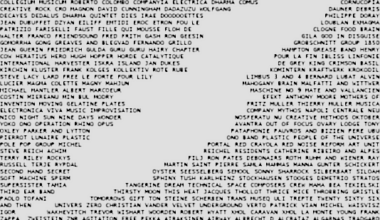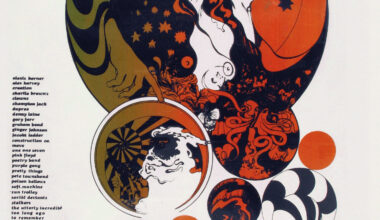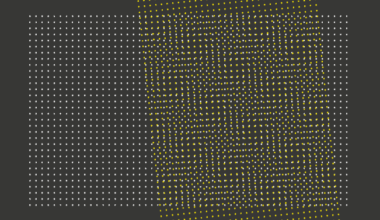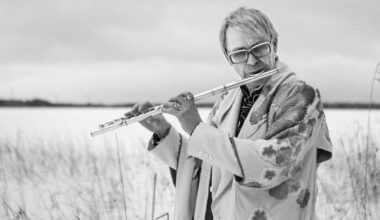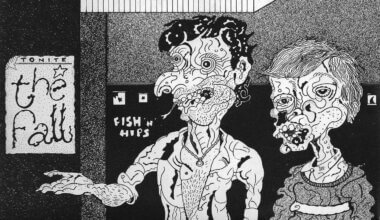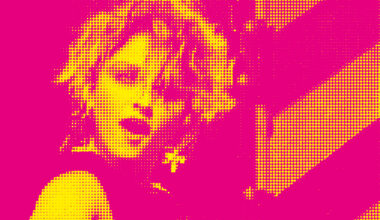Kraftwerk weren’t always the sleek man machine we know and love today. This issue, we’re looking back to a rare live TV appearance by the band in 1970 and catching a glimpse of Neu!’s Klaus Dinger on drums
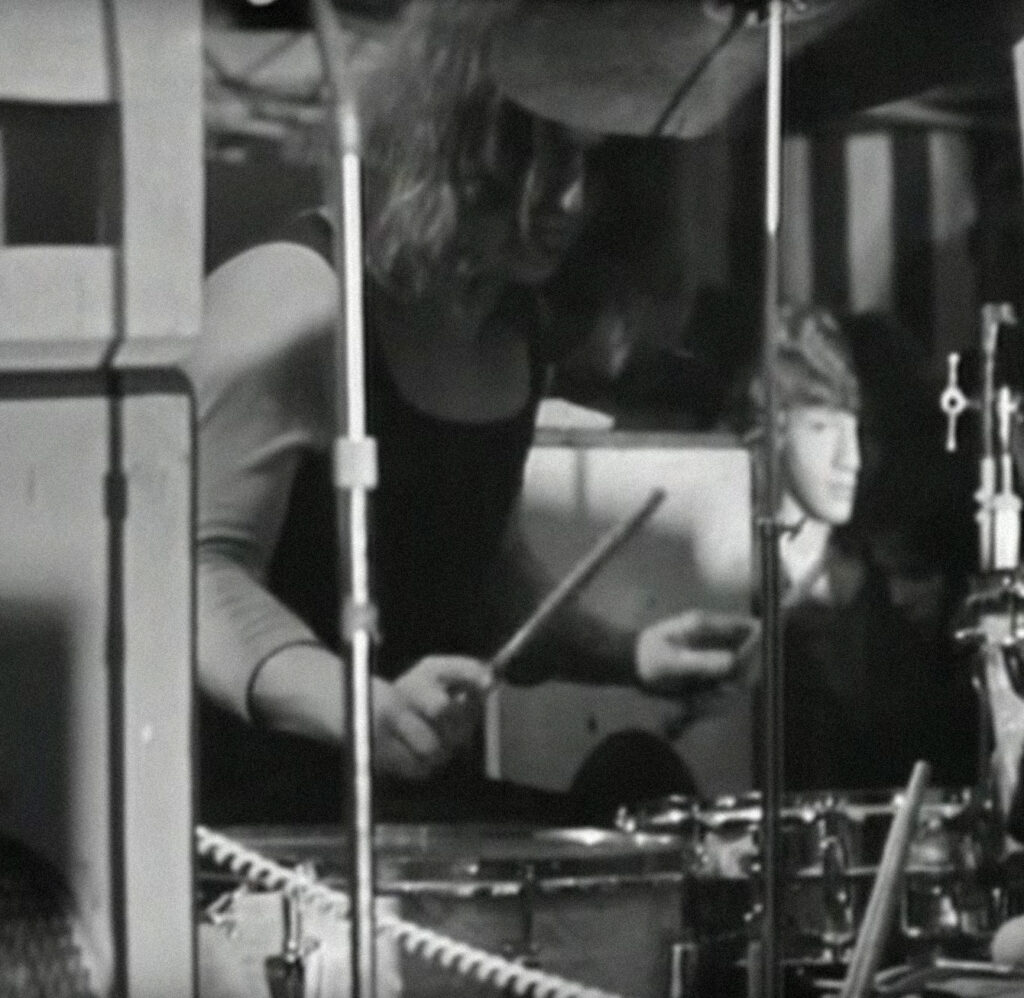
The 21st century version of Kraftwerk present a package of themselves to the world suggesting that they trundled fully formed off their own conveyor belt in 1974 with ‘Autobahn’, that this was the moment of their ignition. They prefer not to dwell on the pre-‘Autobahn’ period, which encompasses their original conception as hippy-ish collective Organisation. It was a fascinating, messy period during which the band went through a variety of line-ups as they developed fitfully and organically. It’s also a period of which they have been dismissive – Florian Schneider once described it as “archeology” – but which, thanks to YouTube, is available for investigation at the touch of a keyboard button.
The most remarkable but fatally combustible line-up of those earliest days didn’t even include Ralf Hütter. He left the group in 1971 to pursue his academic studies, perhaps in temporary acquiescence to his family, whose expectations for their son did not include hanging around Düsseldorf art galleries playing with beatnik drone outfits. The sole constant at this time in Kraftwerk was the red and white traffic cone they were wont to display prominently during concerts to denote their identity. Otherwise, the barely electronic line-up consisted of Florian Schneider (playing organ and flute), Michael Rother (guitar) and Klaus Dinger (drums), the latter pair making a short stop in the group before venturing on to form Neu!.
In terms of temperament and disposition, Klaus Dinger was certainly the most improbable of all Kraftwerk members. Born in 1946, the same year as Ralf Hütter, he was one of a generation of musicians who cut their teeth aping Anglo-American beat music in the mid-1960s, before the international, psychedelic and revolutionary flowering of the latter part of the decade expanded their horizons. He travelled still further down the road of discovery, leaving the overbearing structural influence of Anglo-American pop and rock behind altogether and seeking out innovations that were West German in origin, providers of a new sense of national cultural identity.
Dinger might have had all this in common with Kraftwerk, but he was so antithetical to them in other key respects that it’s amazing they worked together the few months they did. He always considered himself a “working class hero”, having learned carpentry from his father and developed a precise sense of calibration that would set him in good musical stead later on. He studied architecture for a while, but gave it up to become a full-time drummer, and it wasn’t long after this that he received a call from Hütter asking him to join his fledgling Düsseldorf combo Kraftwerk. Being a leap on from the covers band he was playing in, Dinger accepted, playing the drum part on ‘Vom Himmel Hoch’ on the group’s debut album, which was recorded by Conny Plank.
Dinger later tartly remarked that everyone liked his drums on ‘Vom Himmel Hoch’ except Schneider. The story goes that Schneider changed his mind when Dinger recorded the part again, playing it exactly the same way he’d done it the first time round. Despite this hint of future animosity, the drummer subsequently moved into the house of Schneider’s parents (Schneider’s father, Paul Schneider-Esleben, was a prominent architect). It was here that he met his soon-to-be love Hanni (the subject of yet-to-be-written Neu! songs), although the couple would become estranged, further fuelling his innate sense of rage at the world.
There’s footage of Dinger playing with Kraftwerk at a 1970 ‘Rockpalast’ event alongside Can, who were much more advanced in terms of their self-realisation at that point. It’s Dinger who brings a bored-looking audience to life with the raw, tribal primitivism of his drumming, a precursor to the motorik style. He is a large presence musically and was often centrally positioned onstage, as at the ‘Rockpalast’ gig. However, when Kraftwerk were reduced to the touring trio of Schneider, Rother and Dinger, arguments erupted between the drummer and Schneider, who was beginning to feel like a gooseberry in his own group. He was perhaps relieved when Rother and Dinger eloped to form Neu! in the summer of 1971 and, after a brief spell as a one-man band, he welcomed Hütter back from his academic leave.
Klaus Dinger, who died in 2008, would later talk disparagingly of Hütter and Schneider as the “millionaire’s sons” and expressed bitter reservations at their early adoption of drum machines. It felt like class resentment; an old fashioned artisan like himself sidelined by technology at the behest of a new bourgeoisie. In developing the motorik style – disciplined, regular, tireless – Dinger wished to demonstrate that, when it came to music, man was the most effective man machine of all.
